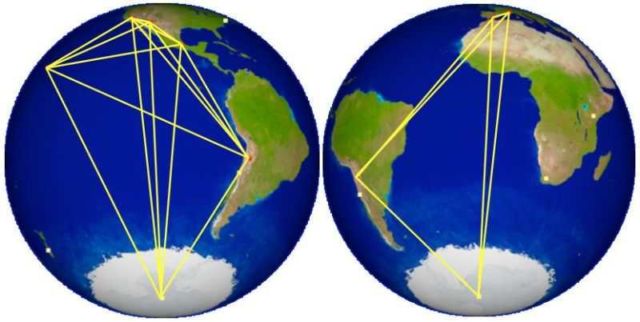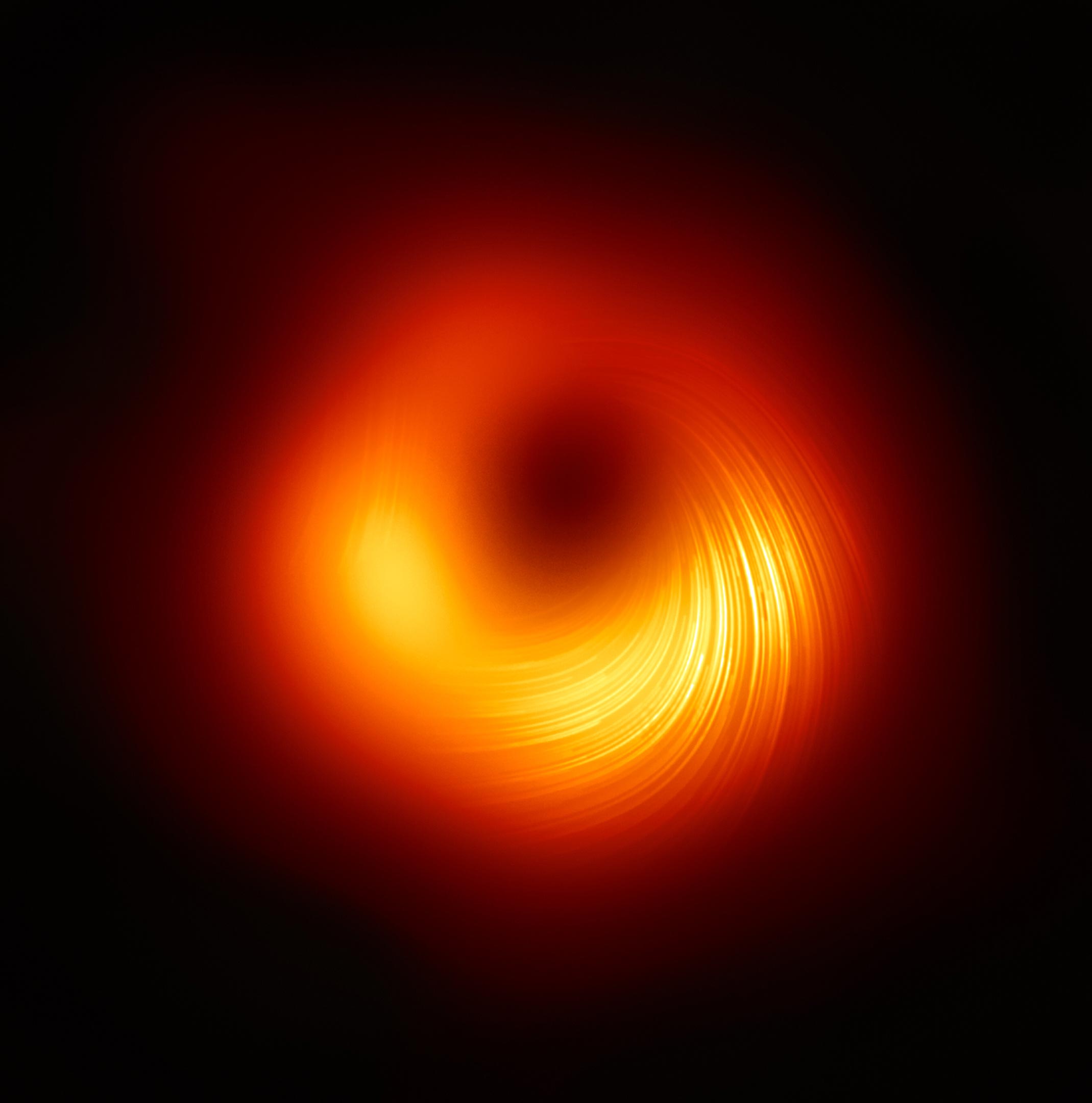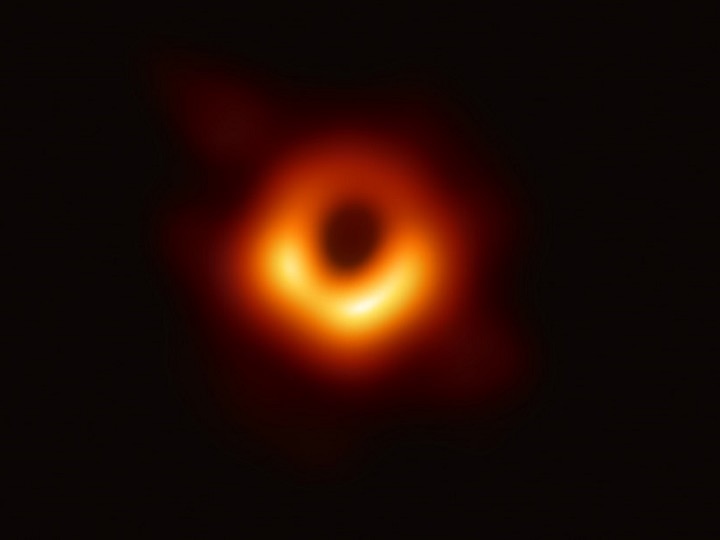

The larger a telescope, the better it is at seeing things that look tiny from far away. It’s the first large physics collaboration bringing together perspectives from natural sciences, social sciences, and the humanities. The next generation Event Horizon Telescope (ngEHT) collaboration aims to create high-quality videos of black holes.īut this next-generation collaboration is groundbreaking in other ways, too. In 2019, the Event Horizon Telescope (EHT) collaboration produced the first-ever image of a black hole, stunning the world. And since it took astronomers two years to combine and analyze data for this first image, it may be a while before we see what other black holes look like.The central black hole of Messier 87, a massive galaxy in the Virgo cluster.Įvent Horizon Telescope Collaboration/ESO, CC BY So it will probably be more difficult to image. But it's significantly smaller than the one in Messier 87. It's the supermassive black hole at the center of our own galaxy, the Milky Way, about 25,000 light-years away. One that is closer to home, called Sagittarius A*. The Event Horizons Telescope team has also turned its sights on another black hole. And this image may be just the beginning. Trapped inside the black hole's gravitational grip.

That's why the edge and everything beyond it are black. Not you, nor the fastest spacecraft, not even the fastest thing in the universe: light. Once you cross the event horizon, the black hole's gravity is so strong that you cannot escape it. It's a place of no return, which astronomers call the event horizon.

More specifically, that they actually have an edge. That right there, is proof that black holes look and behave how astronomers thought. That dark circle in the center, which measures 25 billion miles across. But the most important part of this photo is where there is no light. It's a disk of light that forms around the black hole when a star travels too close and is broken apart in the process. The light you see here is what's called the accretion disk. Here's a simulation of what the Event Horizon Team thought the black hole would look like. And as far as experts can tell, it looks EXACTLY like what Einstein's general theory of relativity predicted. It's about 6.5 billion times as massive as our Sun - that's enormous even compared to other supermassive black holes a nd lives in the center of the Messier 87 galaxy. This black hole is actually a supermassive black hole. And for the first time in history, it has shown us what a black hole around 55 million light years away looks like.

#EVENT HORIZON TELESCOPE FULL BLACK HOLE IMAGE SERIES#
This series of telescopes, combined, has about the same capabilities as a telescope as large as our entire planet. They call the effort the Event Horizon Telescope. And kept them all in synch with powerful atomic clocks. They used 8 radio telescopes stationed at different points across the world. If one telescope couldn't do the job, then perhaps 8 would - and they were right. Now, despite major advances in telescope technology there is no single telescope on Earth that can take a picture of a black hole. And ends with a telescope that's unlike anything the world has ever seen. Well, it starts with a small team of innovators. How do you take a picture of something that does not emit light? So for many years, astronomers thought that an image like this was impossible. īecause their gravitational pull is so strong that not even light can escape them. But consider this: Black holes by their very nature are invisible. Maybe it doesn't look spectacular at first. What you are seeing is the first ever image of a black hole. Account icon An icon in the shape of a person's head and shoulders.


 0 kommentar(er)
0 kommentar(er)
